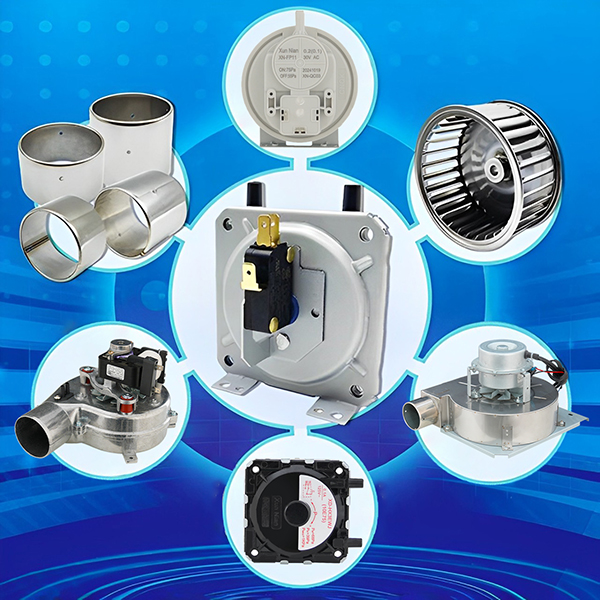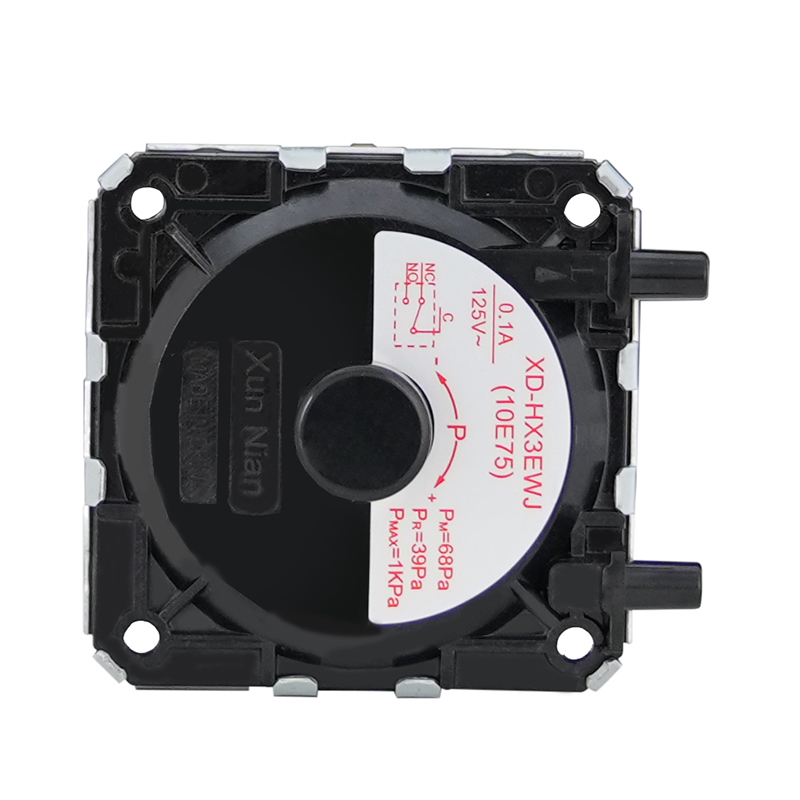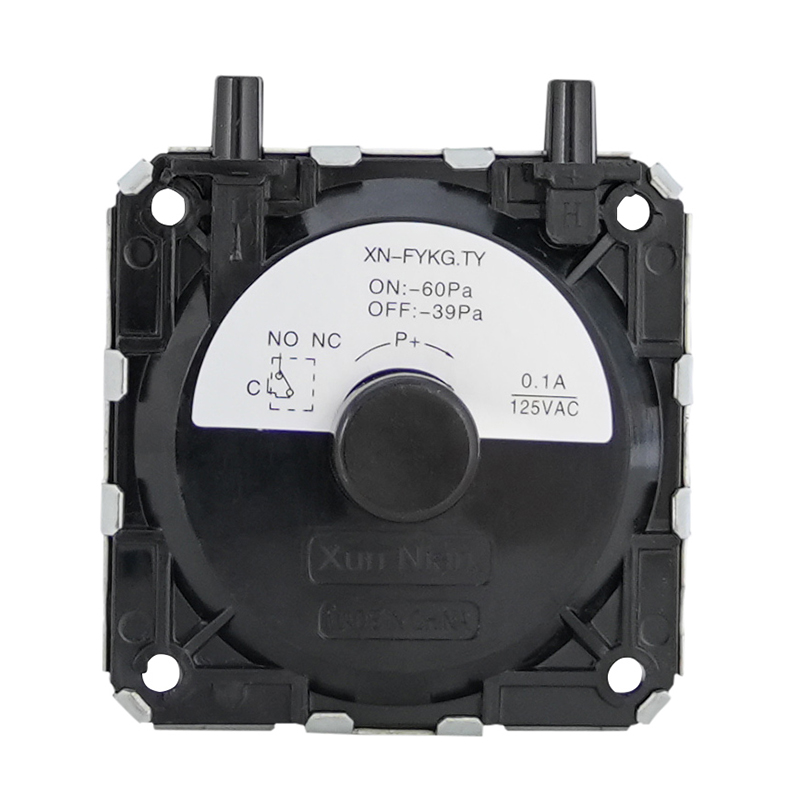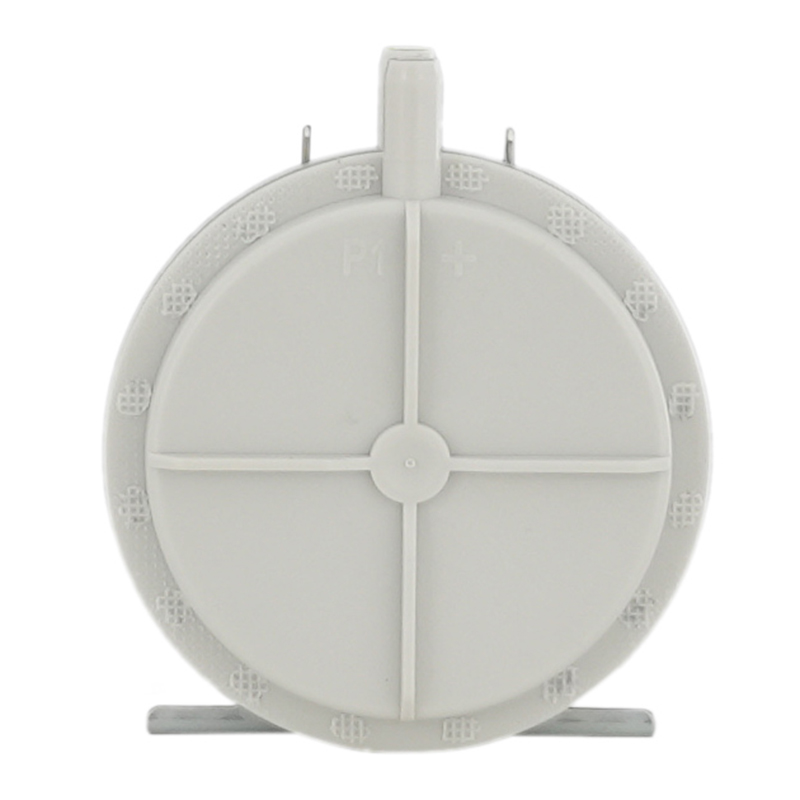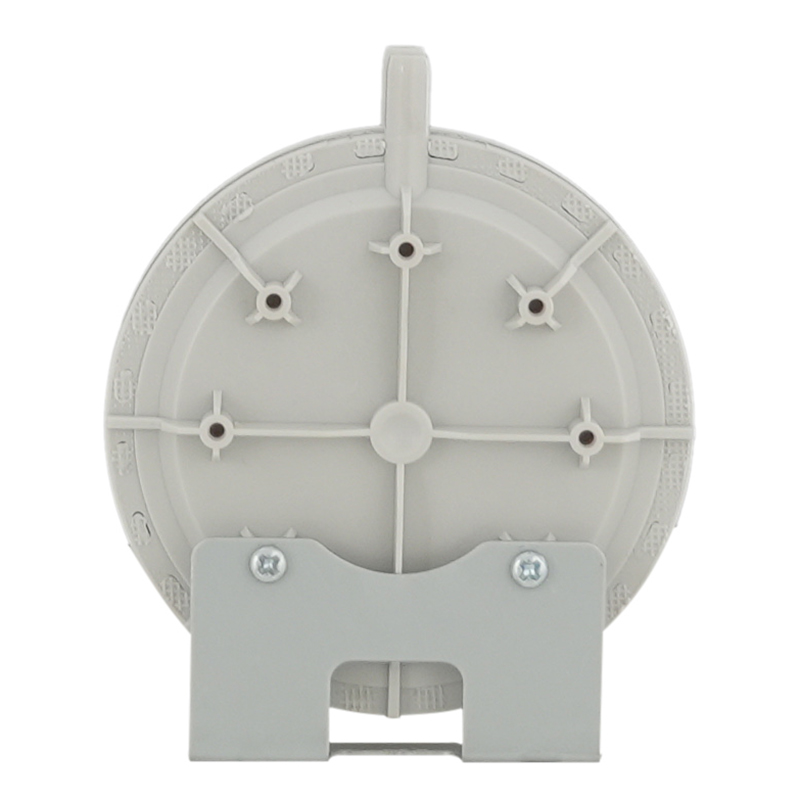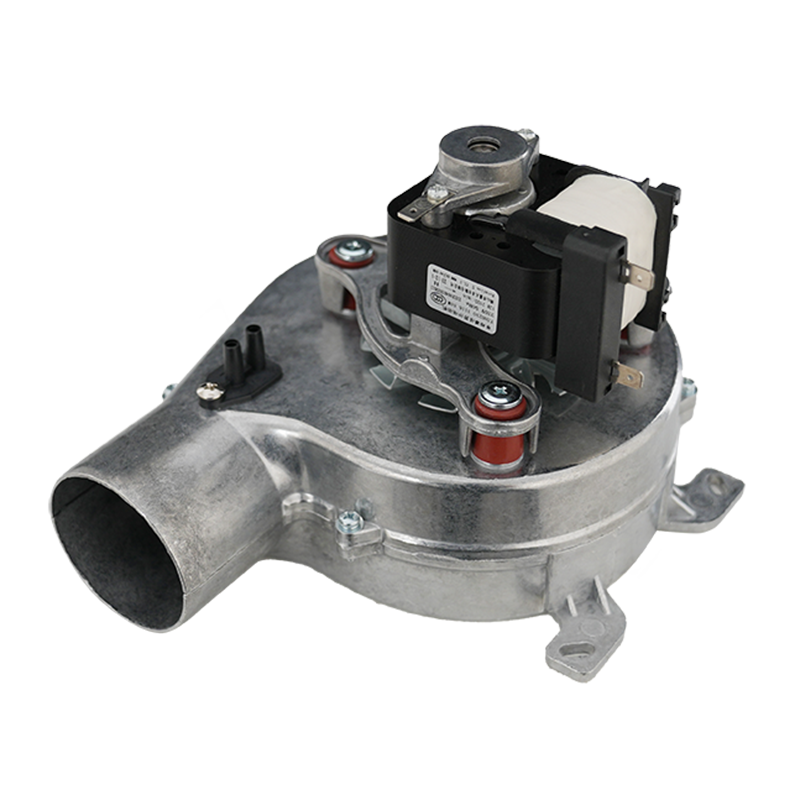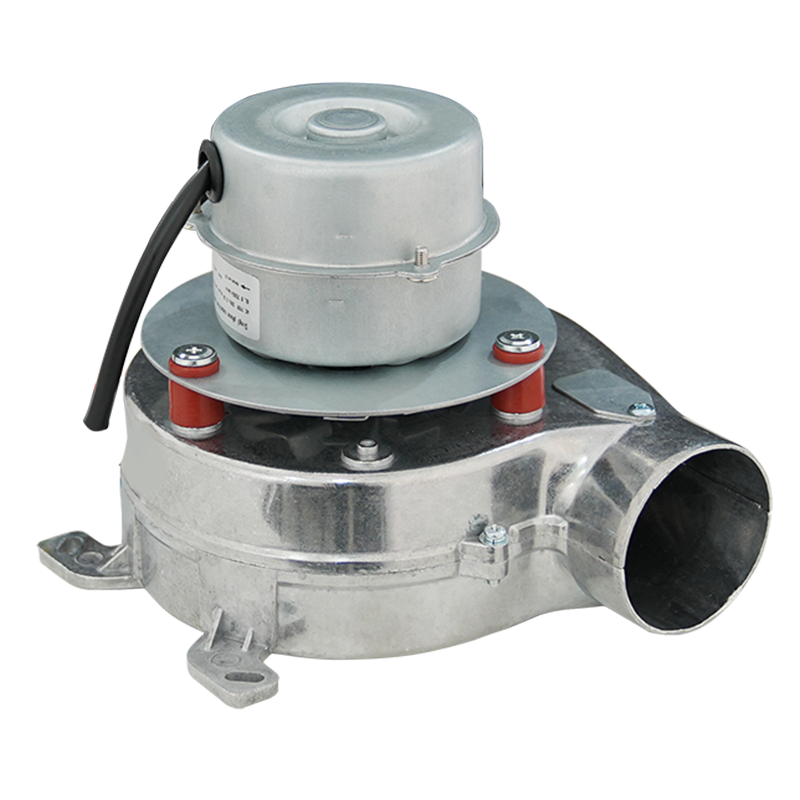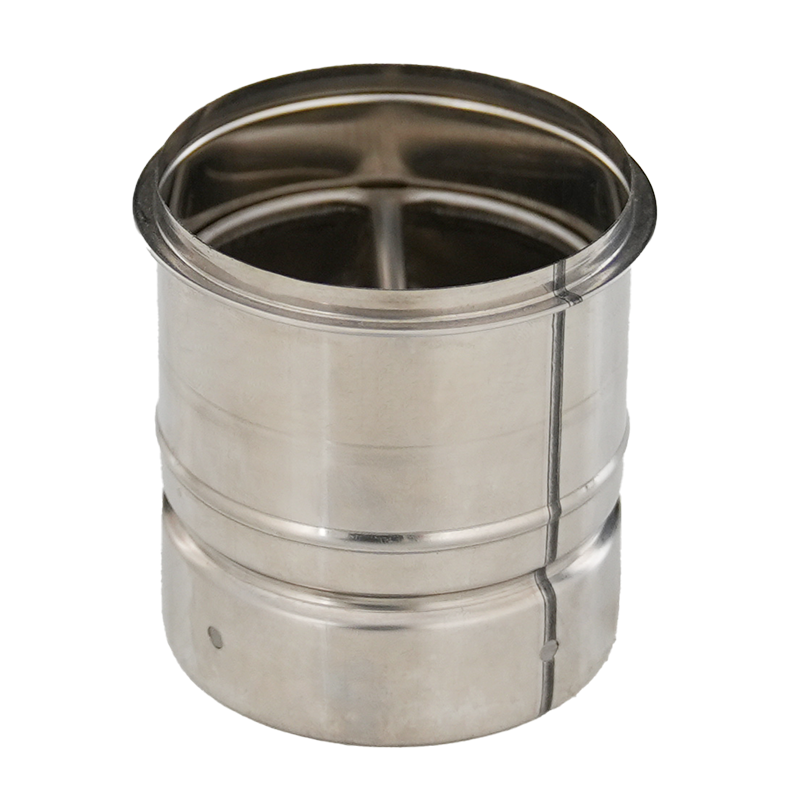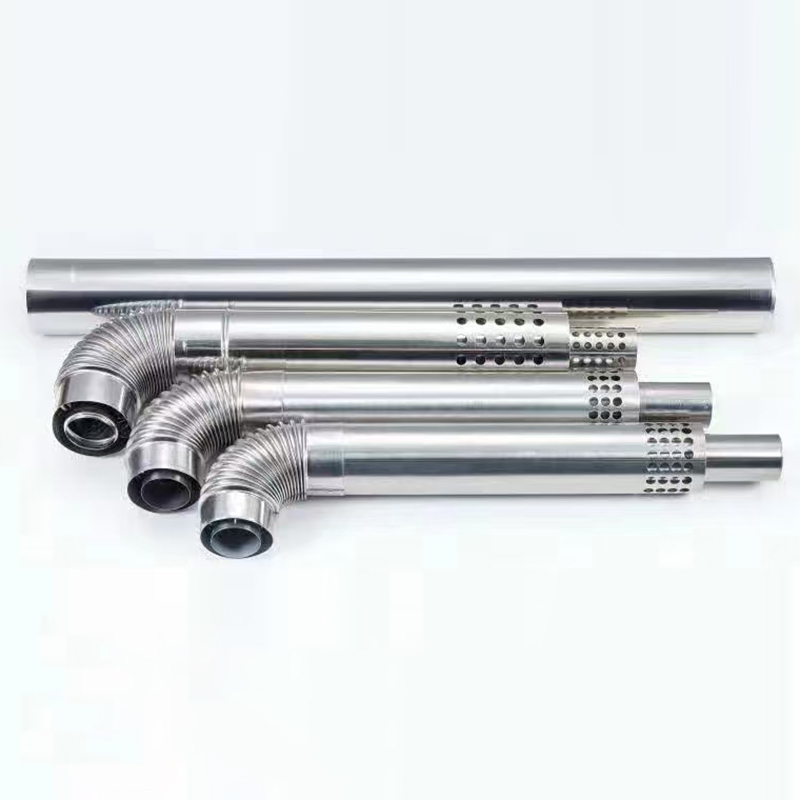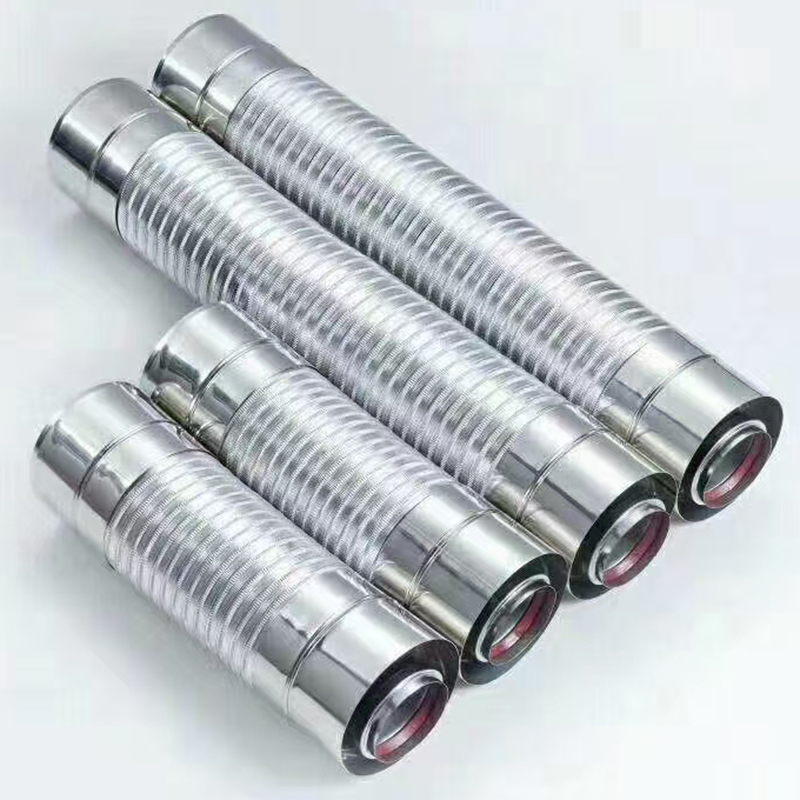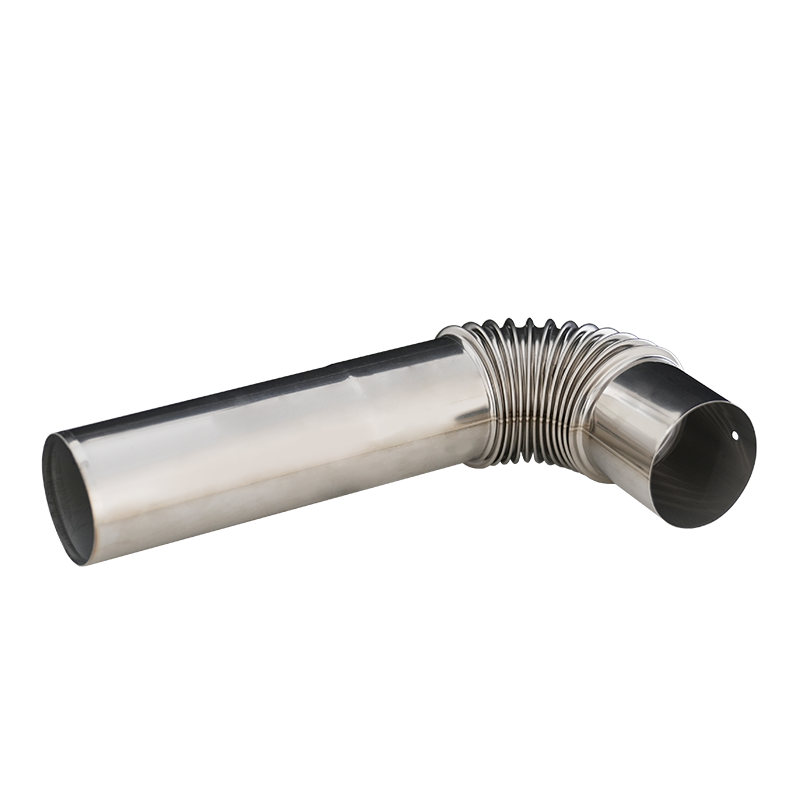Air pressure switches are usually composed of sensitive elements, transmission mechanisms and electrical contacts. The sensitive elements are used to sense changes in air pressure, the transmission mechanisms convert air pressure changes into mechanical motion, and the electrical contacts change the on and off of the circuit according to the state of the mechanical motion.
In industrial automation and control systems, air pressure switches are often used to monitor and control the state of air pressure systems. For example, in pneumatic systems, air pressure switches can be used to detect the extension or retraction state of cylinders to control the operation of related equipment. In hydraulic systems, air pressure switches can also be used to monitor changes in oil pressure to ensure the normal operation of the system.
In addition, air pressure switches are also widely used in automobiles, aerospace, medical equipment and other fields to monitor and control various air pressure-related parameters.
When selecting an air pressure switch, factors such as its operating pressure range, sensitivity, response time, electrical parameters (such as rated voltage, rated current) and mechanical life need to be considered. At the same time, attention should also be paid to its installation method and environmental conditions to ensure that the air pressure switch can work normally and meet application requirements.
Air pressure switch is an important air pressure control component with a wide range of applications and important application value. When selecting and using gas pressure switches, you should fully understand their working principles, structural composition, main types, and purchase and maintenance methods to ensure their normal operation and long-term stable operation.
